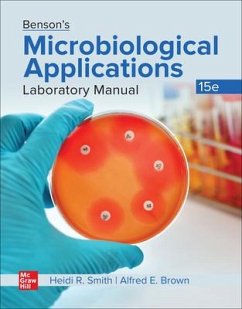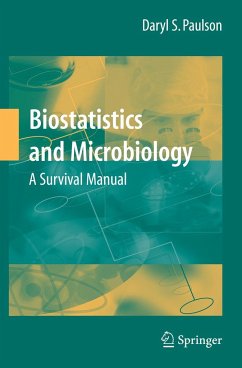
Loose Leaf Version of Prescott's Microbiology
Versandkostenfrei!
Nicht lieferbar
The author team of Prescott's Microbiology continues the tradition of past editions by providing a balanced, comprehensive introduction to all major areas of microbiology. This balance makes Microbiology appropriate for microbiology majors and mixed majors courses. The authors have introduced a number of pedagogical elements designed to facilitate student learning. They also remain focused on readability, artwork, and the integration of several key themes (including evolution, ecology and diversity) throughout the text, making an already superior text even better.











